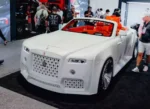Nissan has unveiled the Hyper Force concept, the latest addition to the Hypercar series. The car’s design bears resemblance to the legendary sports car, the Nissan GT-R, with a similar logo on the front.
The Hyper Force concept by Nissan is powered by an all-electric drivetrain, delivering an impressive 1,341 horsepower. Nissan highlights the Hyper Force’s quick and precise acceleration, thanks to its e-4ORCE four-wheel drive system, which effectively distributes power to all four wheels for maximum traction.
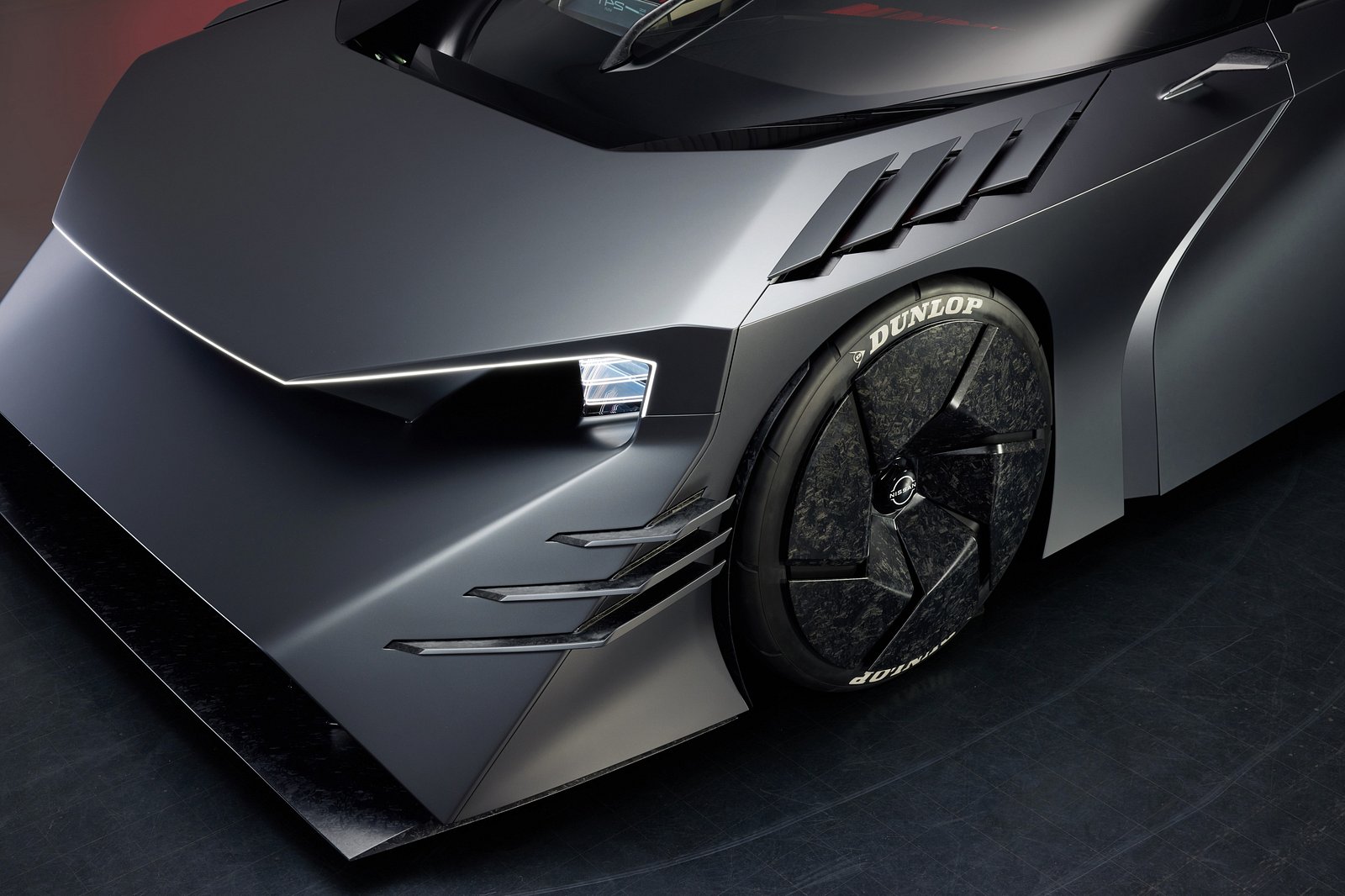
Recognizing the heavy weight of electric cars, Nissan has implemented various weight reduction measures for the Hyper Force. For instance, the car’s body is constructed from lightweight and high-strength carbon fiber. The battery pack is also designed with an innovative structure to optimize weight distribution, ensuring a truly “super supercar” experience.

Nissan claims that the Hyper Force offers exceptional handling both on the racetrack and in everyday driving. Its bold and aggressive design is reminiscent of racing cars, featuring a large spoiler and a sharp diffuser. At the rear, the car retains the classic look with the signature round taillights found on the GT-R “big brother”.
Stepping inside the cabin through the prominent scissor doors, the Nissan Hyper Force impresses with its futuristic electronic car-like interior design. This is unsurprising since Nissan designed the Hyper Force with racing enthusiasts and gamers in mind who seek high-performance and environmentally friendly cars.
The graphics on the screen and control panel are a result of collaboration with Polyphony Digital, the team behind the Gran Turismo racing game. The LED system and interface correspond to the car’s two driving modes: “R” (racing) and “GT” (Grand Touring).
In R mode, the cabin is illuminated with bright red lights. The steering wheel automatically adjusts, allowing the driver to focus on car control. The four screens around the steering wheel display vital information, such as power distribution, tire grip, and brake temperature — all crucial details for track racing.
In GT mode, the cabin adopts a more relaxed atmosphere for the driver. The red color is replaced by a soothing blue, and the screens around the steering wheel automatically spread apart, offering a wider display.
The car’s occupants can adjust the air conditioning system, sound system, and suspension system from this screen.
Nissan claims that this is the world’s first car model that allows the driver to customize the suspension and stability systems while driving via the screen. This innovative technology is awaiting patent approval and may soon be implemented in several car models.
To optimize weight, Nissan equips the driver and passenger seats with carbon fiber construction. While the seats can be fitted with four-point seat belts, Nissan assures they provide ample comfort for long journeys.

The Nissan GT-R R35 has become a legend over time. Although there is no official information regarding the future of the GT-R, it’s possible that the Japanese automaker will soon cease production of the old model and introduce a new one. However, the Hyper Force concept has great potential for production, especially considering Nissan’s plans to launch 23 electric car models by 2030.
In Vietnam, the Nissan GT-R is relatively uncommon due to its high post-tax price. Recently, enthusiasts in the southern region have made significant efforts to acquire the GT-R Nismo version—the one and only in Vietnam. The estimated value of this car exceeds 20 billion VND, which is more expensive than many Lamborghini and Ferrari supercars.
Tien Dung (Forum.autodaily.vn)


























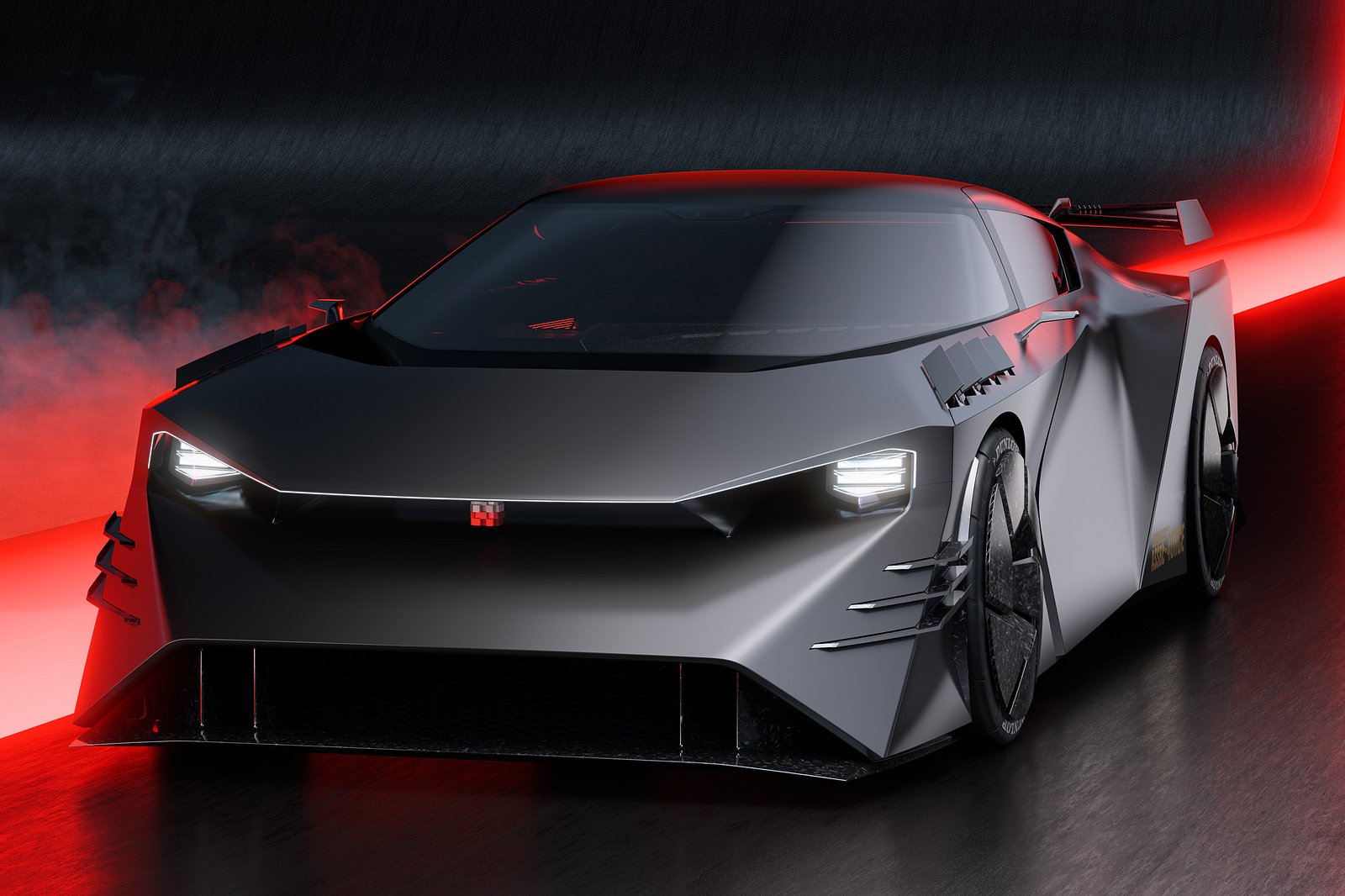
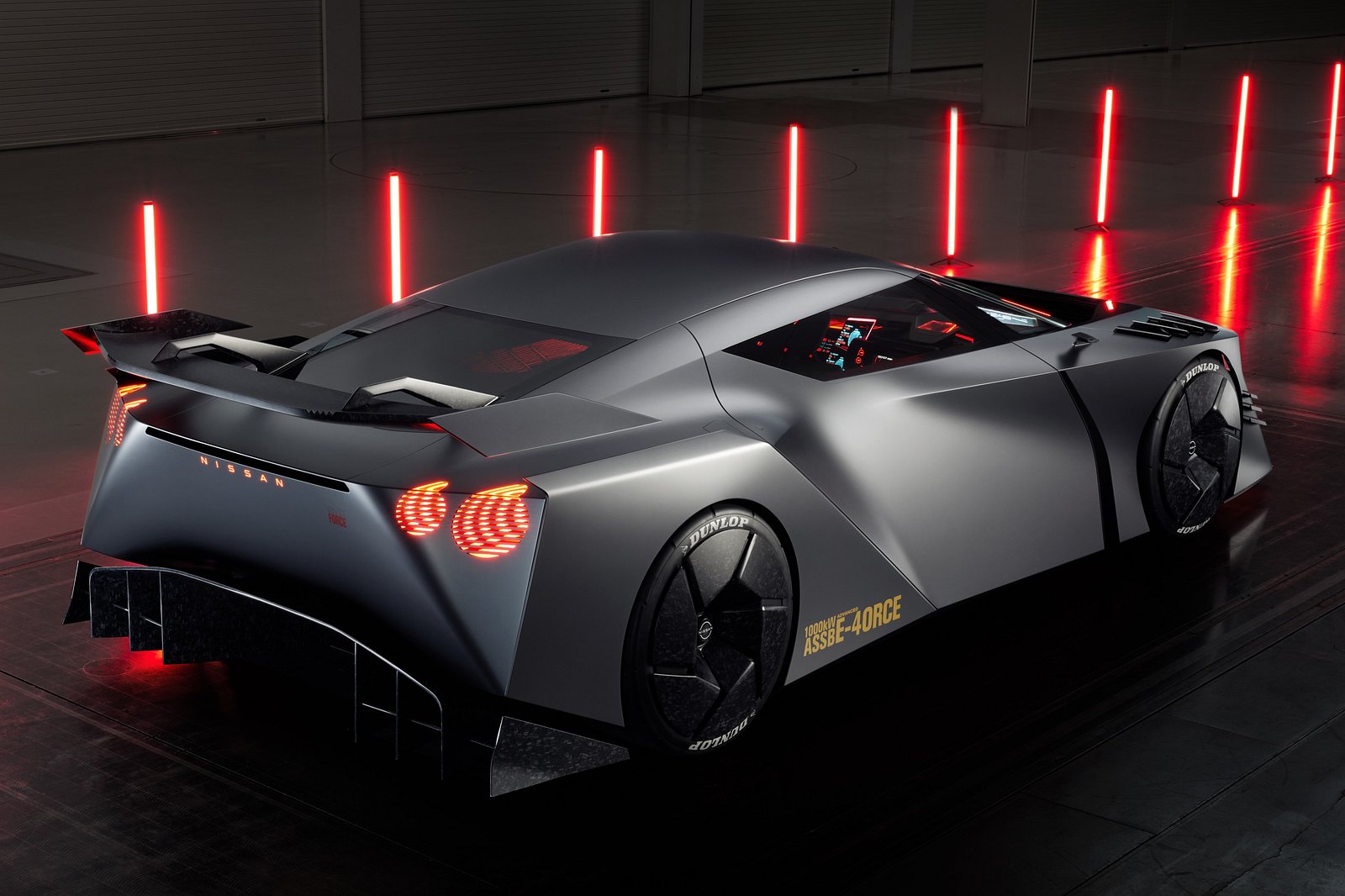
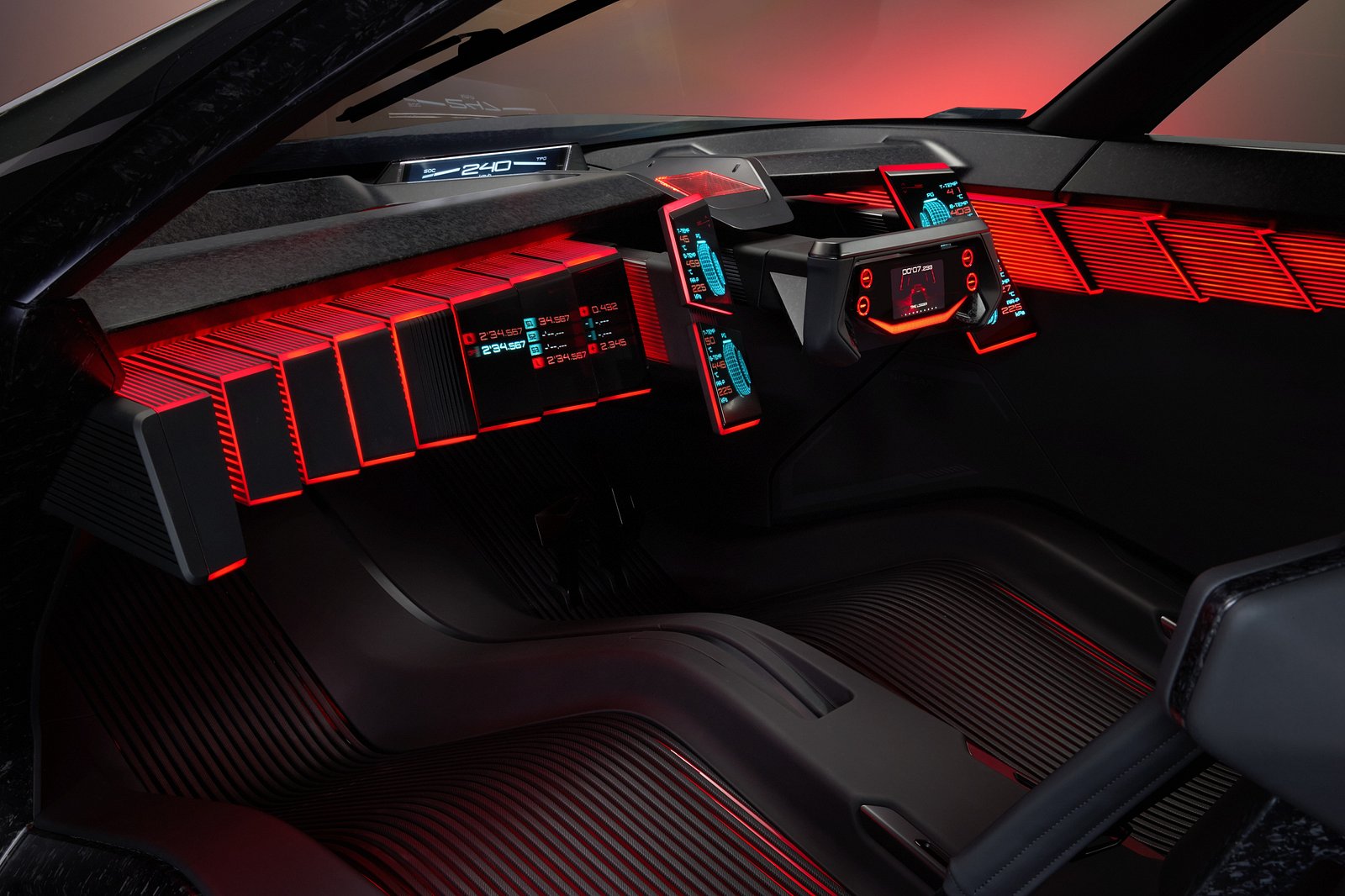
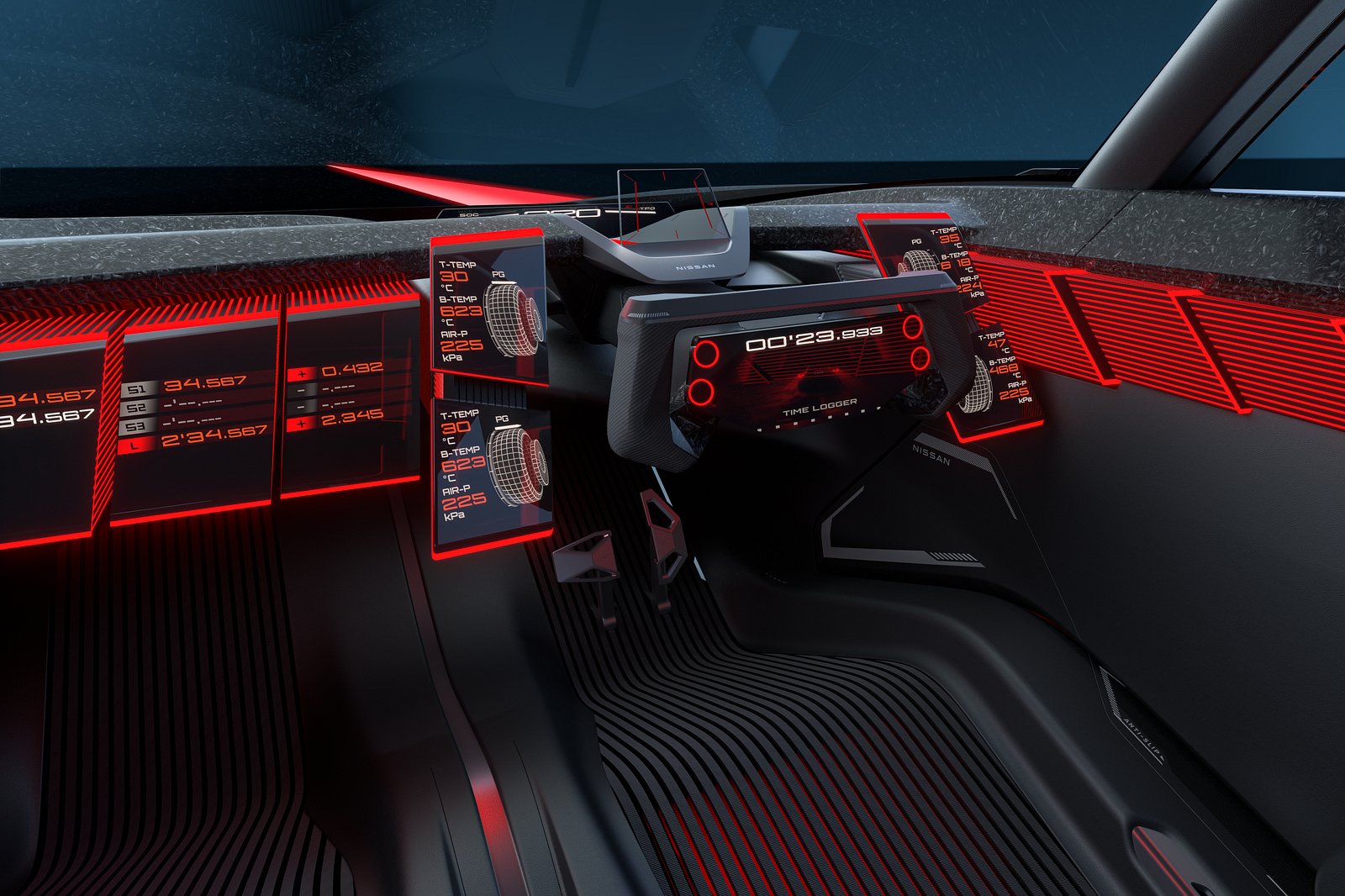
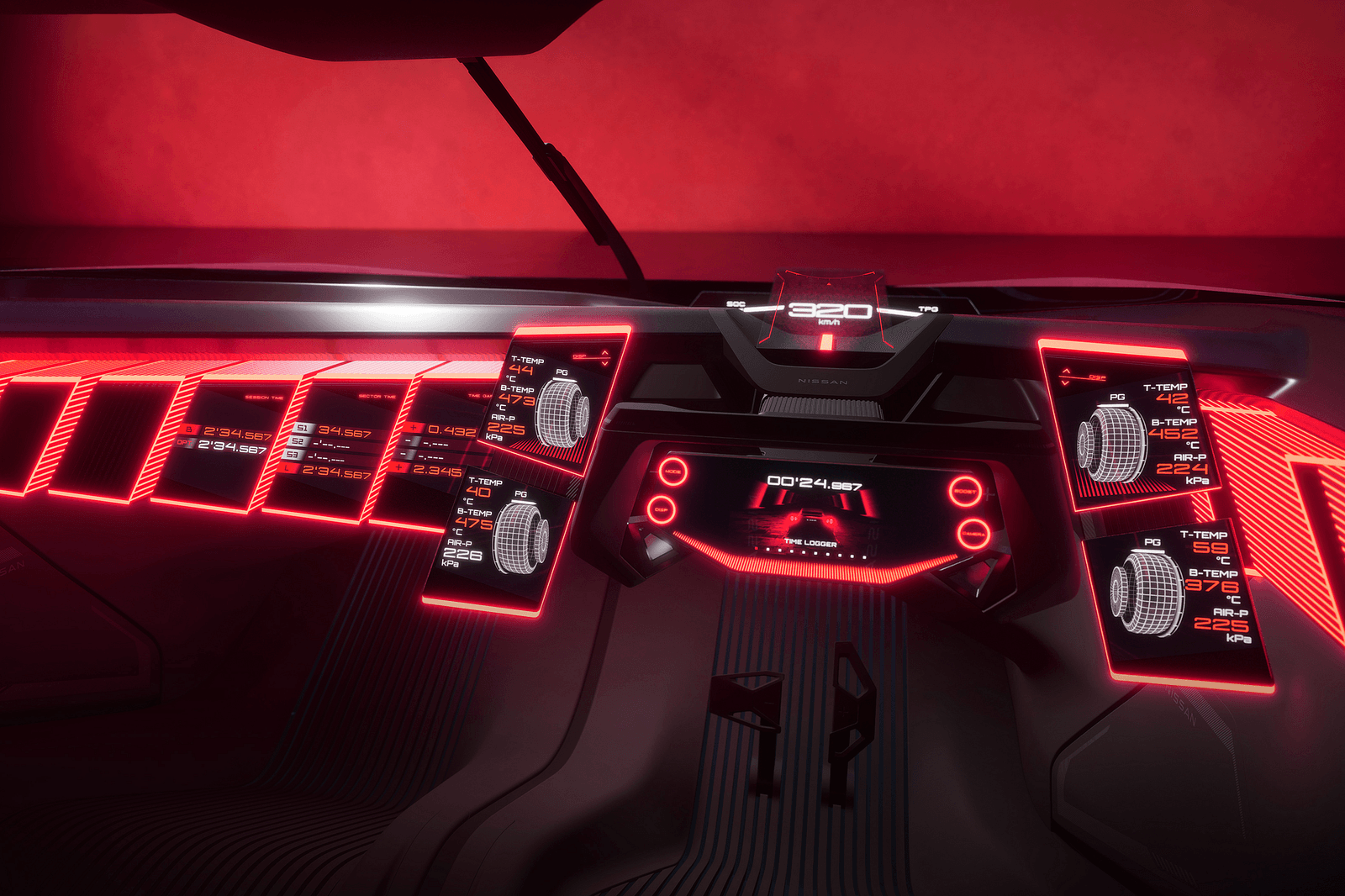
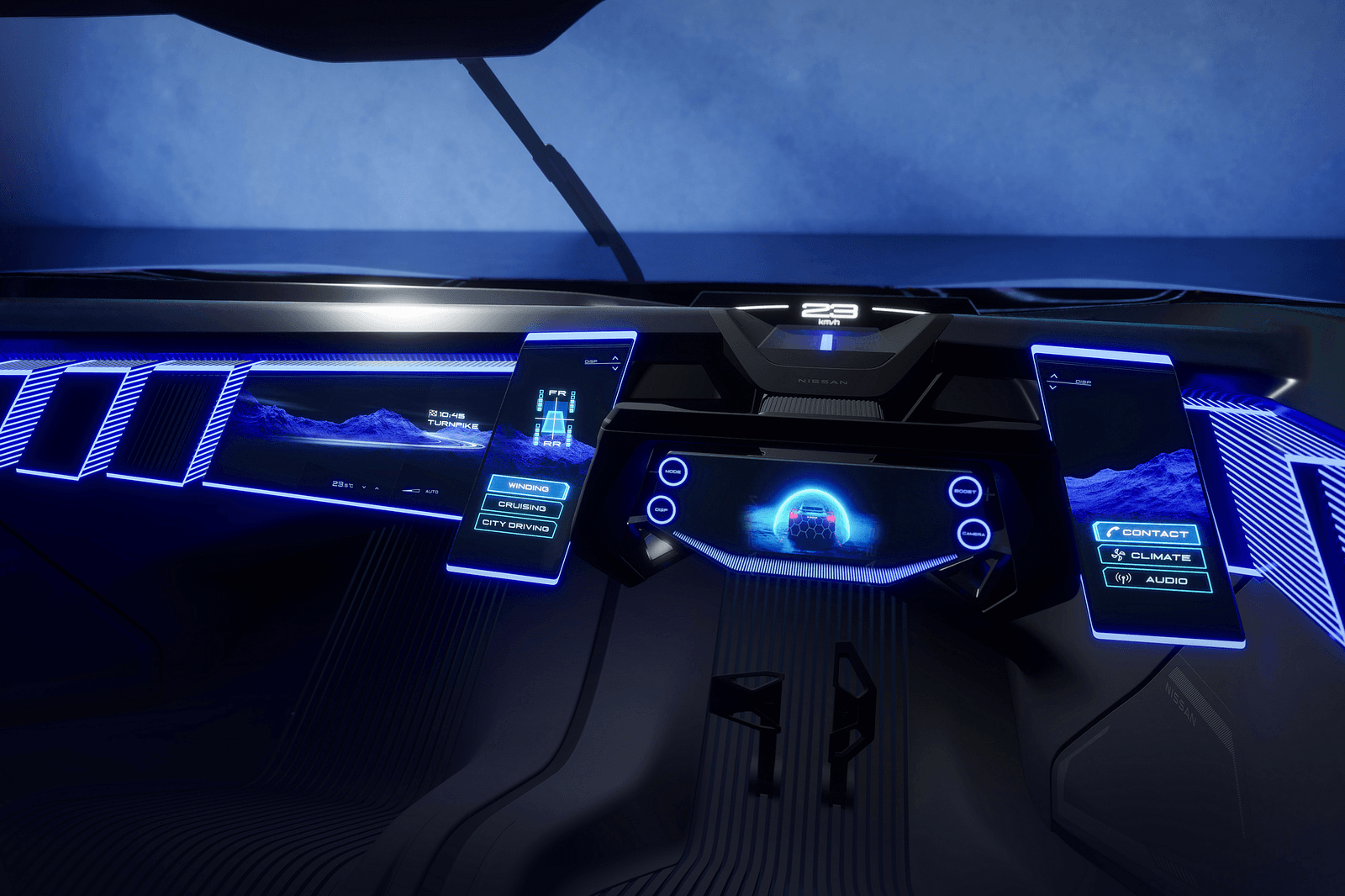

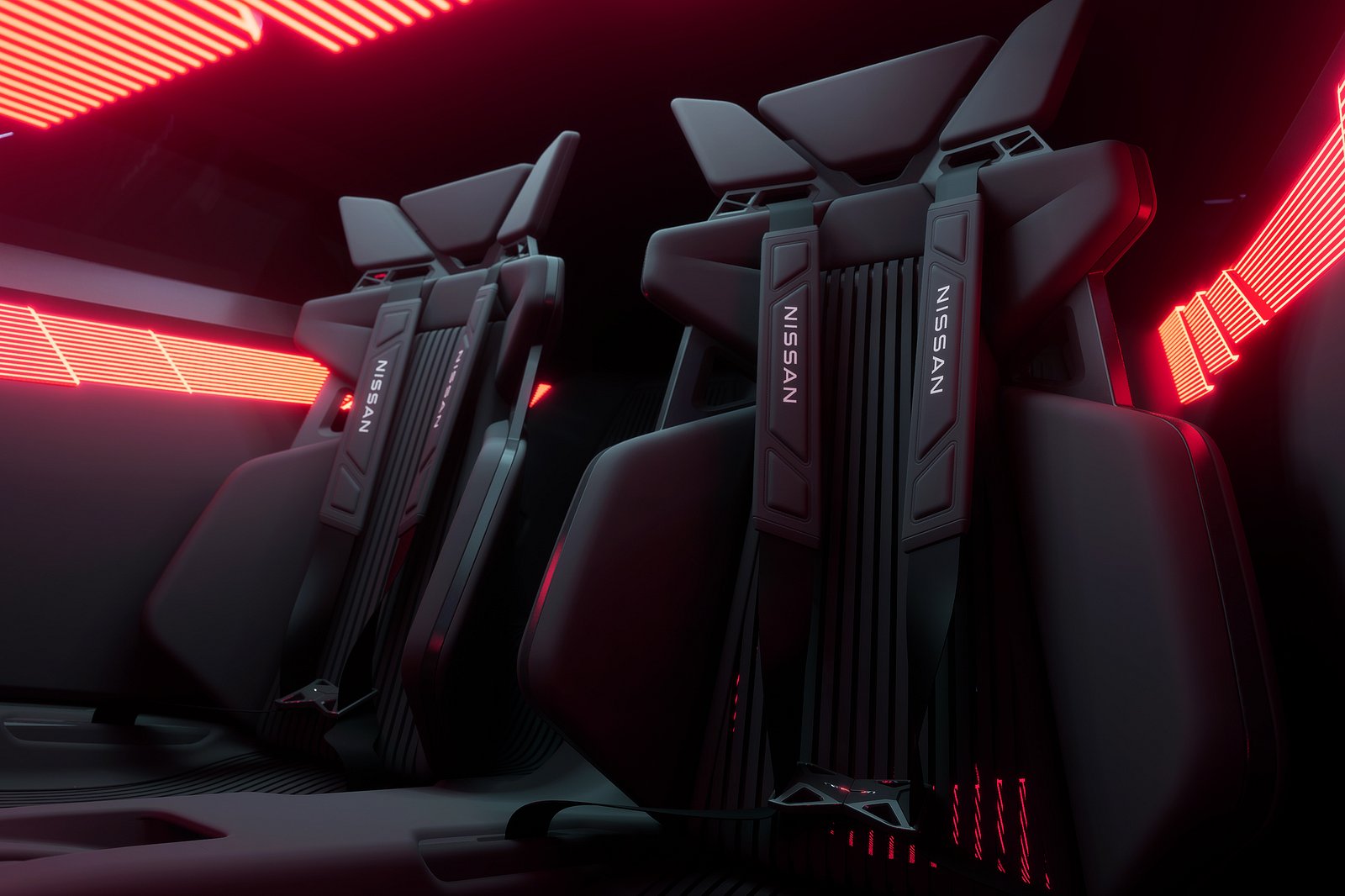
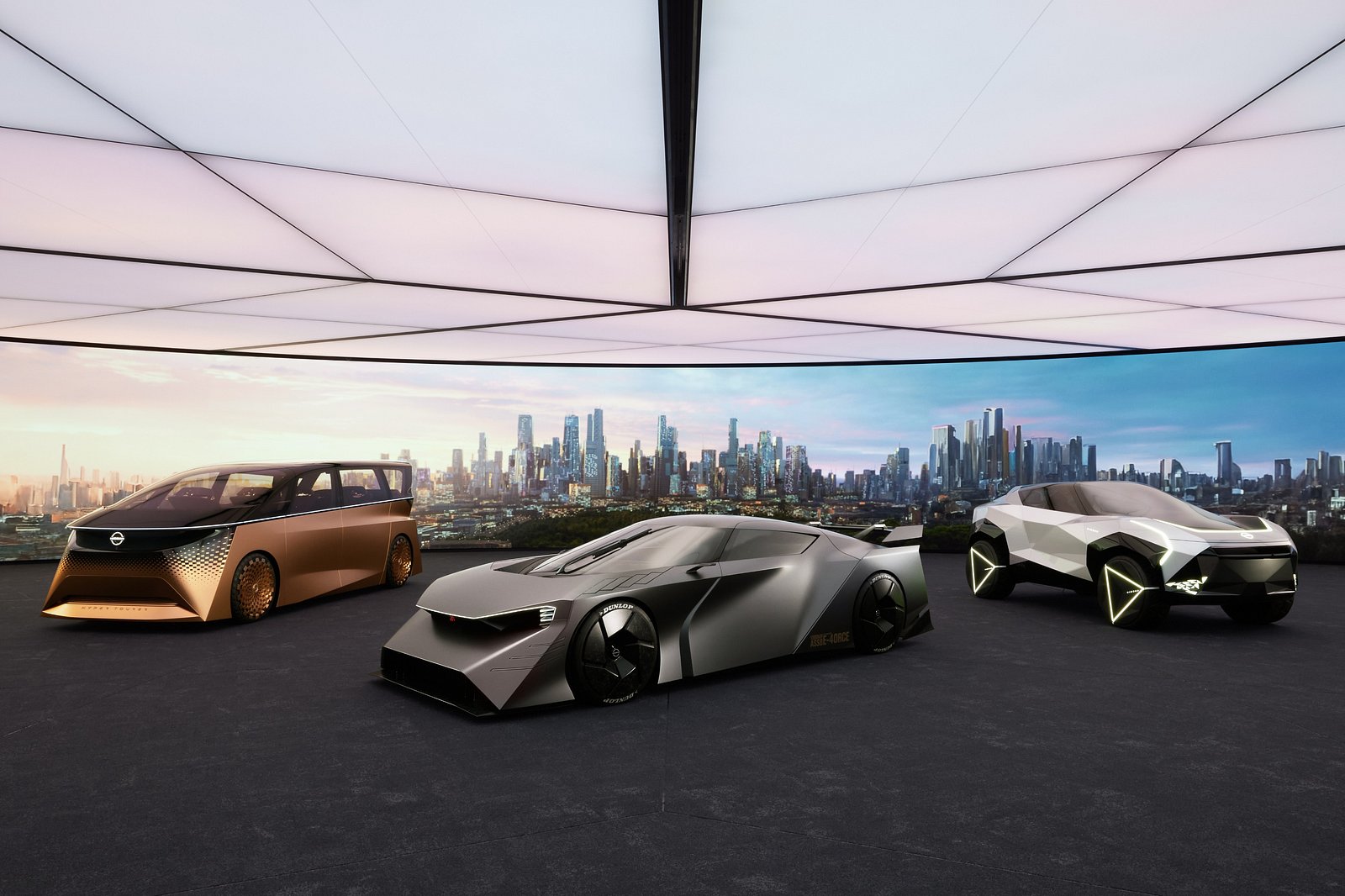

![[CAR REVIEW] The Newly Launched BMW iX3 in Vietnam: Compact, Practical, and Expensive](https://vnauto.net/wp-content/uploads/2023/10/xehay-bmwix3-01082023-9-150x150.jpg)
![[QUICK REVIEW] VinFast VF5: Extremely Affordable, Spacious, and Well-Equipped](https://vnauto.net/wp-content/uploads/2023/10/Xehay_VF5plus_21042318-150x150.jpg)
![[CAR REVIEW] User Reviews of VinFast VF 9: Stylish, Luxurious, Smooth Ride, and Perfect for Families](https://vnauto.net/wp-content/uploads/2023/10/xehay-vinfastvf9-09092023-12-150x150.jpg)
![[CAR REVIEW] Wuling Mini EV: Affordable, Compact, Convenient, but…](https://vnauto.net/wp-content/uploads/2023/10/xehay-wulingev-16062023-8-150x150.jpg)


